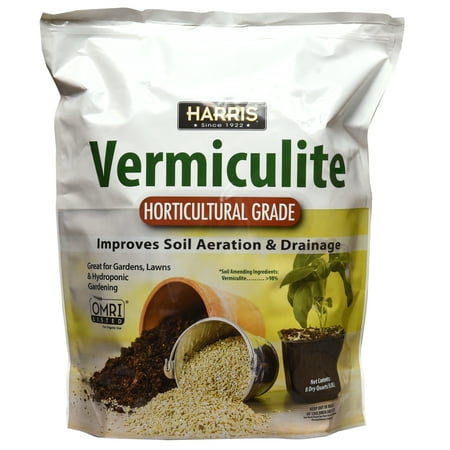Perlite vs vermiculite – what's the difference, and which is best for your garden?
I spoke to experts about the subtle differences between perlite vs vermiculite - and which is the best choice for your plants
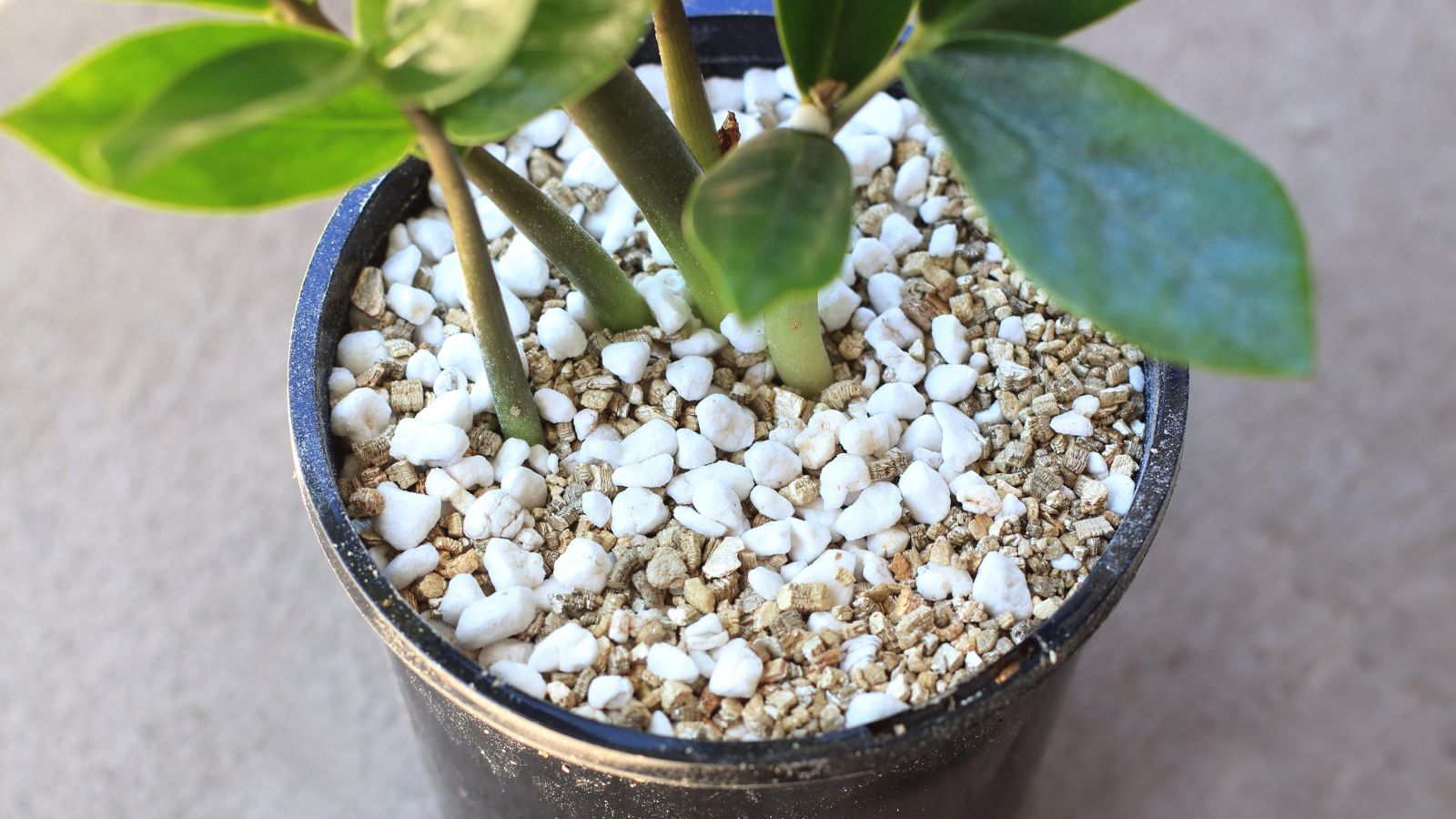

Perlite and vermiculite can be confusing for rookie gardeners. The two minerals sound similar and they're mixed into soil or compost in similar ways. However, get it wrong and you can seriously harm your plants, waterlogging, constricting, or suffocating them.
I spoke to two gardening experts about the different materials and which is best for the various plants in your home and your yard.
The general rule of thumb is that perlite helps drainage and vermiculite helps with water retention. However, there's a lot more to it than that.
What's the difference?
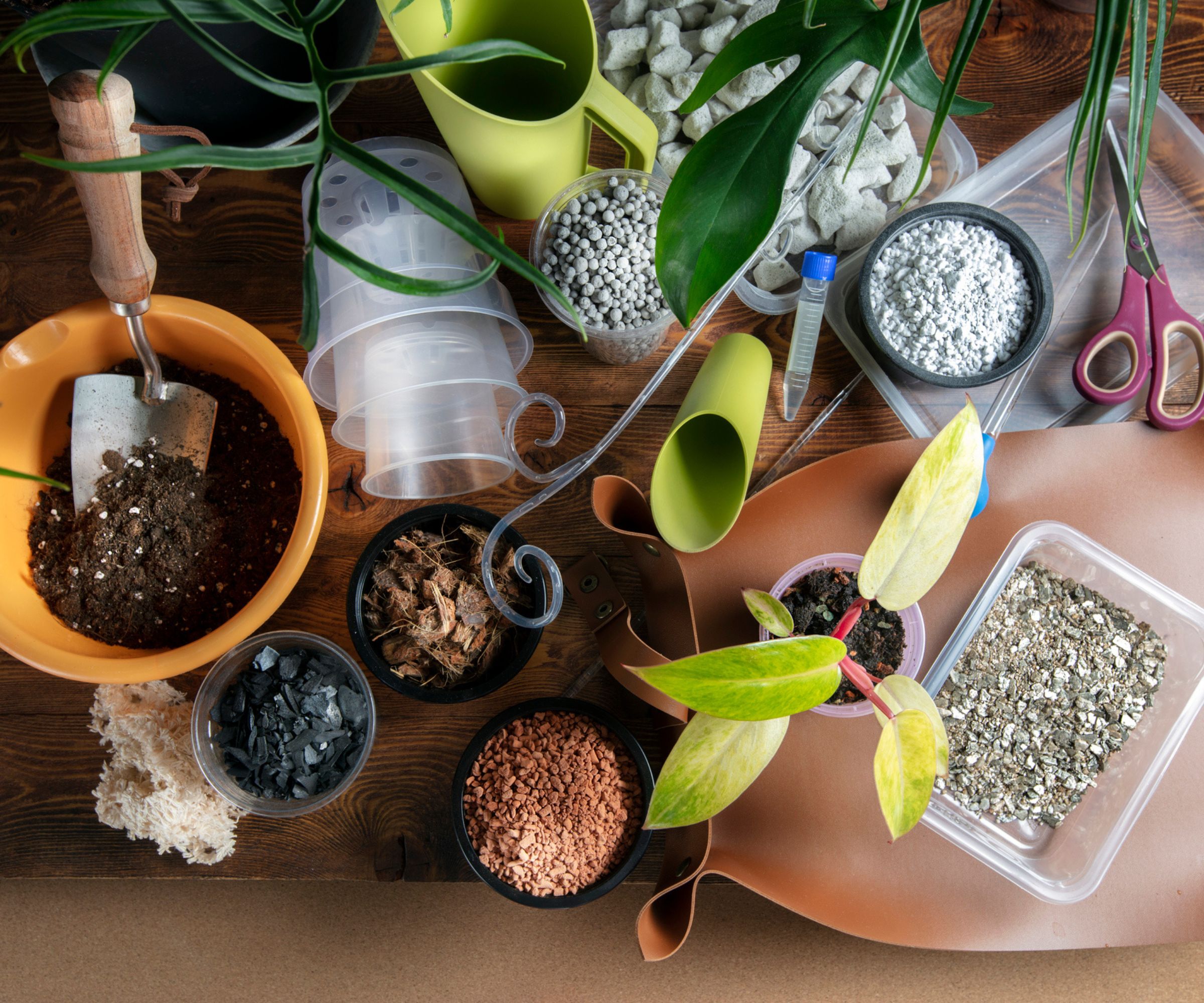
Both perlite and vermiculite are loose minerals used in gardening, but while their names sound similar, they have very different properties.
Garden expert Rhiannon Odey explains that 'Perlite is a lightweight, volcanic glass that expands when heated, creating a porous, airy structure. It keeps soil from compacting, allowing roots to breathe and excess water to drain away.'
Vermiculite, however, is almost the opposite. Rhiannon explains that 'Vermiculite, on the other hand, is a mineral that expands into a soft, absorbent material.' It's an excellent choice for keeping soil damp.
The rough rule of thumb? Use perlite for drainage and vermiculite for hydration.

Rhiannon is a Gardening Expert at Easy Garden Irrigation.
What are the benefits of perlite?
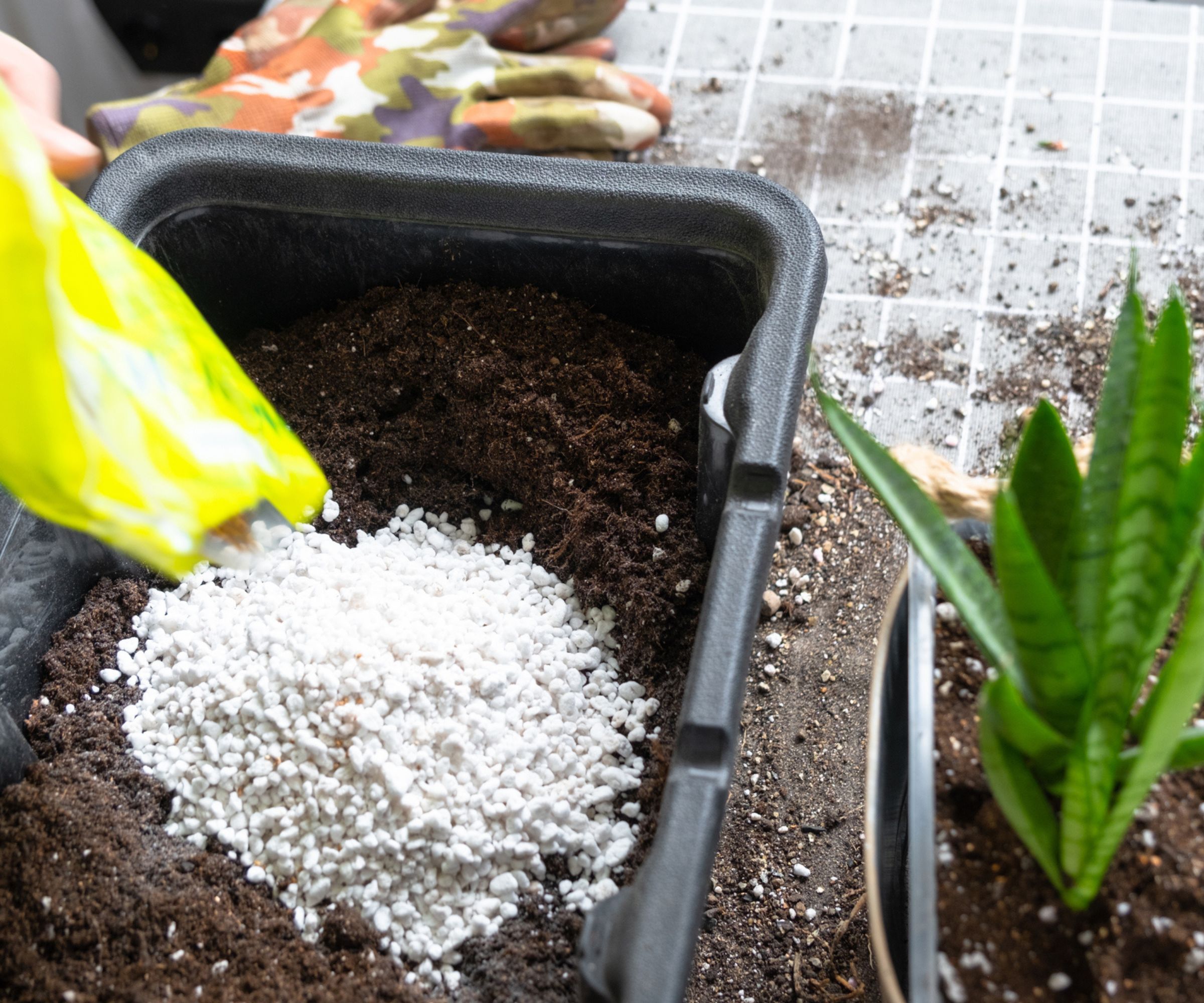
Perlite is usually used with drought-tolerant plants. It allows excess water to drain through soil and helps to prevent waterlogging. It's typically used when potting succulents. Gardening expert Valeria Nyman explains 'Perlite keeps things loose and drains fast, and this makes it perfect for succulents, cacti, and anything that hates wet feet.'
Rhiannon Odey agrees and says 'Perlite keeps soil from compacting, allowing roots to breathe and excess water to drain away. That makes it perfect for plants that like drier conditions.'
This also means that perlite is great for establishing cuttings,
You can mix perlite into soil at a 1:3 ratio, and mix it into compost at a ratio of 1:$
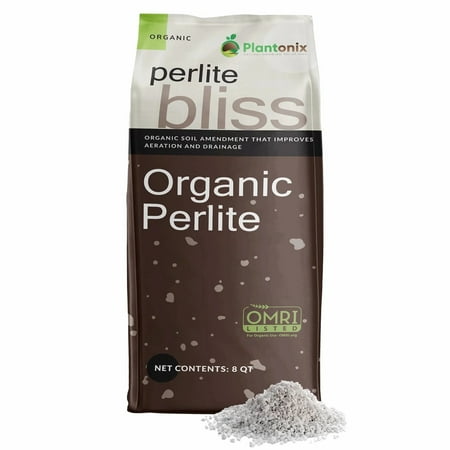
Made in the USA, this organic perlite is perfect for reducing moisture and improving drainage.

Valeria is the Chief Product Officer at Taim.io, an innovative platform that serves as a personal, adaptive gardening coach, offering tailored weekly advice to users. Her areas of expertise include growing your own food.
What are the disadvantages of perlite?
Perlite is best suited for desert plants, not water-loving plants. It can be a help when potting hydrangeas and cardinal flowers, because, though they love moist soil, they need good drainage, but this means you have to be careful about how much perlite you add to your potting mix.
Perlite is safe to use, but it can kick up dust that can irritate your eyes, skin, and throat, so you need to be careful when adding it to soil.
Finally - and this is a minor point - perlite can be messy. If your perlite isn't mixed into the soil, it can scatter all over the patio. 'Because it’s so light,' says Rhiannon, 'it can blow away in the wind.'
What are the benefits of vermiculite?

Unlike perlite, vermiculite is excellent for retaining moisture. Valeria Nyman says 'Vermiculite, on the other hand, is more like a sponge. I say that because it soaks up water, it holds onto nutrients, and it creates a suitable environment for seedlings and moisture-loving plants.'
Rhiannon Odey agrees and says 'Vermiculite locks in moisture and nutrients, making it a great choice for seedlings or plants that thrive in damp conditions. It also helps balance soil pH and retains essential minerals like calcium, magnesium, and potassium.'
This means that vermiculite is especially helpful for houseplants like peace lilies and ferns that need damp soil. It's also great for starting off seedlings because it increases their water uptake.
What are the disadvantages of vermiculite?
Just as with perlite, the danger with vermiculite is that it's easy to use too much. Vermiculite retains a lot of moisture, and if you get your math wrong you risk flooding your plants. Rhianon warns 'The trade-off is that vermiculite holds a lot of water - sometimes too much - which can lead to overwatering.'
Vermiculate can help soil aeration, but too much of it over time can clog up your soil. Rhiannon says 'Over time, vermiculite compacts, reducing airflow to the roots.' This can also affect plant health, causing plants to droop, wilt, and even die.
Mix the two materials
You can also combine the two materials to balance out their properties. A 50/50 mix of perlite into soil at a 1:10 ratio can help water retention while ensuring that plants don't become waterlogged.
Or, you can mix perlite into soil for seedlings and top it off with a tiny amount of vermiculite, making for well-drained soil that still retains enough moisture to help seedlings along.
But before you go and buy a load of these minerals, there are lots of other soil improvement materials to consider.
Rhiannon Odey says 'Coco coir, sand, and bark can also improve soil structure naturally, while biochar boosts water retention and supports healthy microbes. Often, the best approach is to mix different amendments to create the perfect balance for your garden.'
Valeria Nyman adds that 'Compost beats both for long-term soil health, and rice hulls or pumice can do similar jobs, and without breaking down as fast.'
Sign up to the Homes & Gardens newsletter
Design expertise in your inbox – from inspiring decorating ideas and beautiful celebrity homes to practical gardening advice and shopping round-ups.

As a gardens and lifestyle contributor, Alex makes sure readers find the right information to help them make the best purchase. Alex got his start in reviewing at the iconic Good Housekeeping Institute, testing a wide range of household products and appliances. He then moved to BBC Gardeners’ World Magazine, assessing gardening tools, machinery, and wildlife products.
You must confirm your public display name before commenting
Please logout and then login again, you will then be prompted to enter your display name.
-
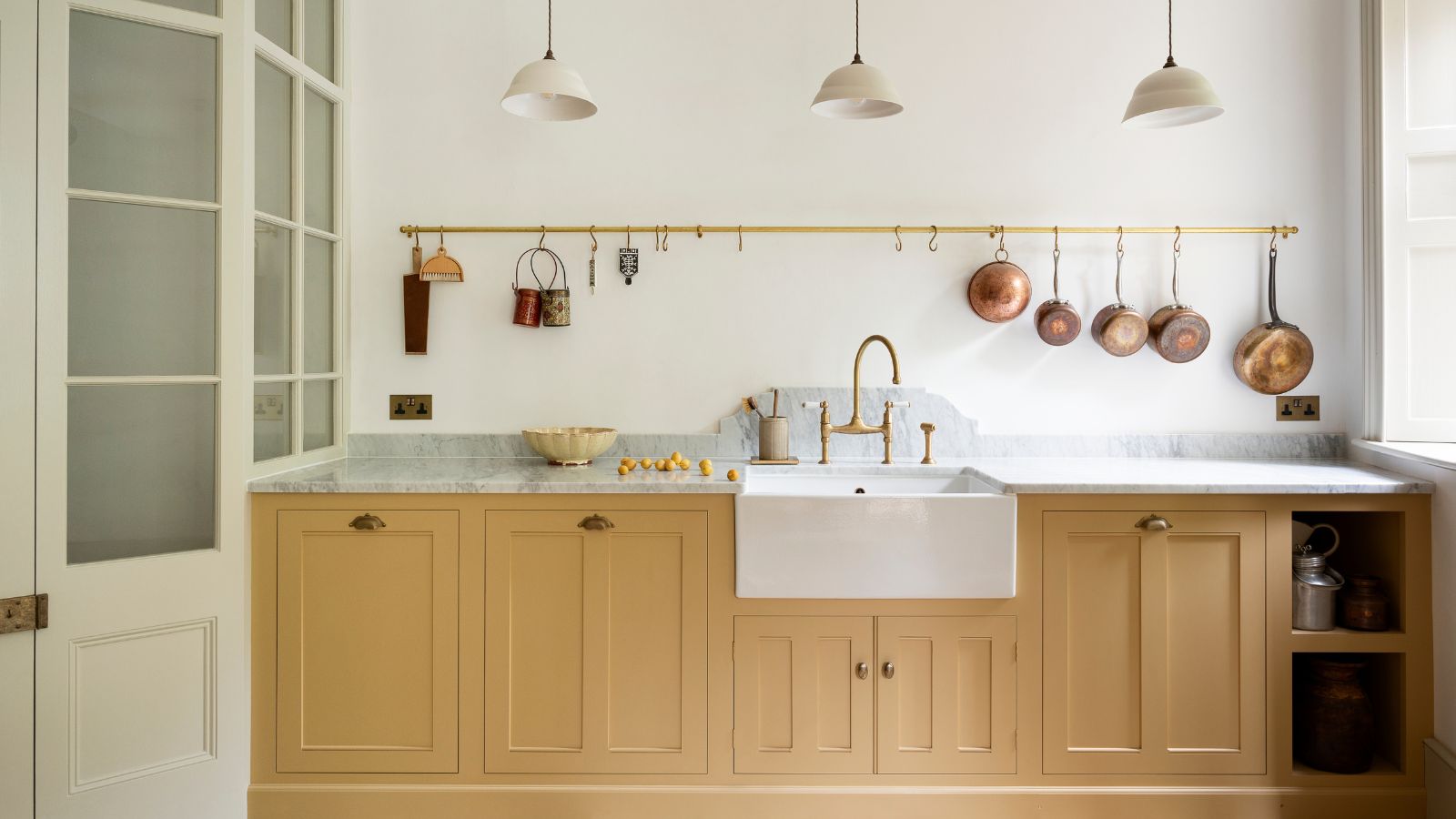 What colors go best with butter yellow? 8 equally delicious shades to pair with spring's hottest color trend
What colors go best with butter yellow? 8 equally delicious shades to pair with spring's hottest color trendInspired to elevate your home this spring with chic pale yellows? Here are the best colors to complete your scheme
By Emily Moorman
-
 Sarah Michelle Gellar's entryway is tranquil and elegant thanks to white and wood accents – her neutral style is replicable from $33
Sarah Michelle Gellar's entryway is tranquil and elegant thanks to white and wood accents – her neutral style is replicable from $33The actress's entryway features a wood console table, wood floors, and crisp, white paint for a warm and inviting atmosphere
By Hannah Ziegler
